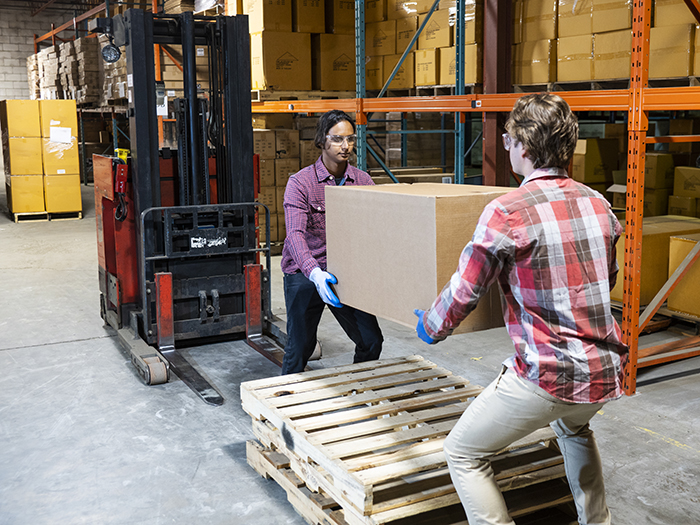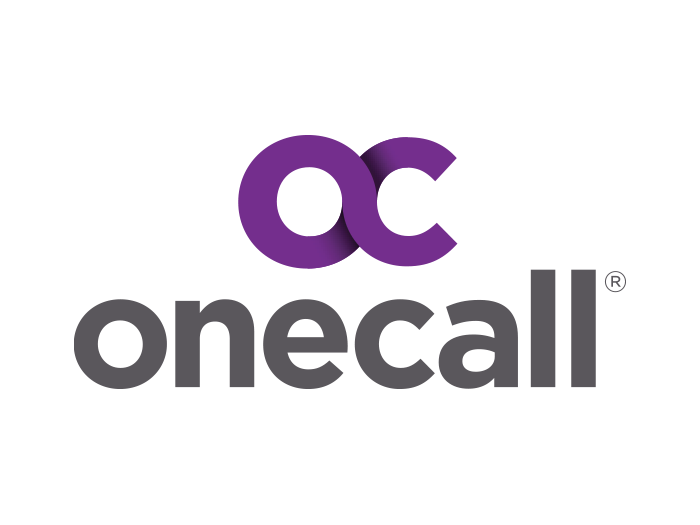National Ergonomics Conference Preview: Addressing Material Handling Obstacles in the Workplace

Between 2012 and 2014, musculoskeletal injuries cost $332 billion in the U.S. In 2015, 124 million Americans over age 18 experienced one of these types of injuries which involve damage to the muscular or skeletal systems, likely caused by strenuous activities.
These injuries involve everything from a rotator cuff tear to a sprained ankle or broken leg. They are some of the most common workplace injuries and material handling — tasks like lifting boxes or moving heavy objects — is one of the prime culprits.
At the digital session “Material Handling Obstacles – When you must move the ROCK!!” at the virtual National Ergonomics Conference and Expo, Scott Ege, president of Ege WorkSmart Solutions, PC; Lisa Krefft, vice president, partner relations at MyAbilities; and Drew Bossen, executive VP at Atlas Injury Prevention Solutions will discuss the importance of providing workers who engage in material handling tasks with body mechanics training.
The session will take place November 18 at 2:00 p.m. ET and will discuss their experience training workers at a large home delivery service in proper body mechanics and the results of a study they conducted using motion capture technology that demonstrates the effectiveness of using a library of body mechanics “moves.”
Following the session a “Manual Handling Bootcamp” will be led by Brock Anderson, owner and principal ergonomist at Ergo-ology and Jayne Welliver, safety and loss prevention manager at Coca-Cola.
Why Body Mechanics Training is a Must
From exoskeletons to basic carts, tons of tools are on the marketplace to help make material handling tasks safer. While these resources are great, they’re not always able to be implemented in every situation.
Workers who are delivering furniture, like those Bossen and Ege have worked with, or those working in the field may not be able to alter their environment or use tools like carts to help them practice safe lifting behaviors. That’s where proper body mechanics training comes in.
“I refer to it as, sometimes, they have to move the rock,” Bossen said. “These are big, clumsy, awkward couches, recliners, you name it, that just need to be moved.”
“They can’t really just change their work environment,” Ege added. “We’ve worked with workers who are in the field, that have to climb poles, have to dig holes, have to get into awkward, sustained postures and positions for long periods of time.”
In these situations, proper body mechanics is one of the only ways workers’ can protect their health, yet the term often gets a negative response when used in the workforce safety injury.
Over and over again companies have held ergonomic and body mechanics training, only to see repeat injuries and workers falling back on old, dangerous habits when it comes time to move a heavy object.
“I used to show up as a therapist with a model of a spine, saying, ‘Here’s the back, and here’s how you’ve got to keep the back straight.’ And then I would leave thinking I did a great job conveying all this important information, and then I’d check with the employer six months or a year later and they’d still have injuries,” Ege said.
Even though body mechanics gets somewhat of a bad reputation in the industry, Bossen and Ege believe that ergonomics training needs to go beyond one-time training and needs to be structured into the workplace, so that employees are reminded to use proper body mechanics constantly. That way, ergonomics will become a way of life for workers.
“Body mechanics had gotten, in my mind’s eye, a bad rap. There are good, sound principles to do it, but you have to engage the worker to make certain that those are deployed on a routine basis,” Bossen said.
Teaching Workers The Core Moves
The program that Ege and Bossen use teaches about ten core movements to workers that are easy to remember and replicate when employees leave the training and go out into the field. Deploying easy terms like “centered,” “square up” and “close,” Bossen and Ege have seen success in teaching workers to use the body mechanics strategies.
“When workers do use these things, they do use less muscle energy. They do use less muscle work,” Ege said. “We’ve seen anywhere from an 80 to almost 100 percent drop from that high-risk into that moderate to low-risk movement category.”
The success they’ve seen in using body mechanics to reduce injuries is largely attributable to basing training around a common language structure that allows workers to easily remember how they should be positioning themselves. It also makes it easy for workers to call each other out and remind their co-workers to move and lift properly.
“We use the term square up. Square up to the product. Get your hips and your shoulders square to what you’re lifting, and that resonates with the workers,” Ege said.
“Having a common language structure is gold. It allows workers not to remember eight things, but just ‘If I just think centered and close, if I just think wide base, if I just think square up.’ ”
In addition to teaching workers simple terms that make proper body mechanics easy to apply in the workplace, Bossen and Ege said it’s important to target a workers’ motivation.
Proper body mechanics doesn’t just help prevent injuries, it also allows workers to expend less energy during the day, thereby allowing them to come home and cultivate their hobbies, without being knocked out by exhaustion.
“They go home with more in their tank to do the things they want to in life. To go hunting, to go fishing, to play with their kids,” Ege said.
As companies consider whether body mechanics training programs are right for them, it’s important to note that the little risks workers take each day add up. While it may not have the same effect as preventing a catastrophic accident, investing in proper body mechanics can help reduce these exposures.
“There is catastrophic risk with an accident, clearly. But there’s ongoing daily risk with this material handling aspect of the job,” Bossen said. &










